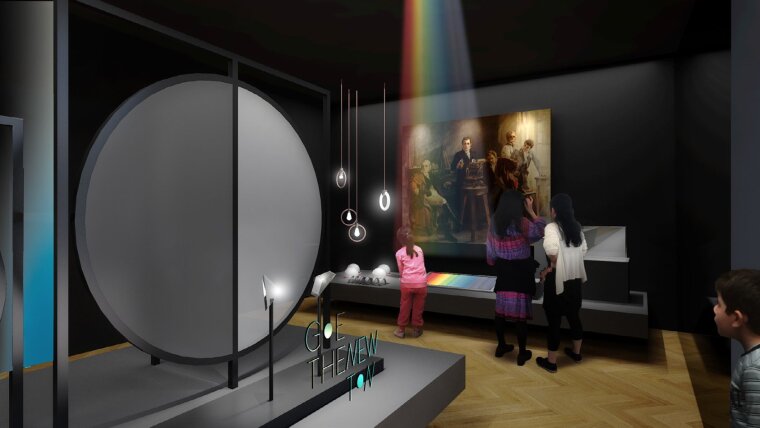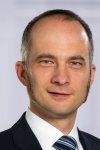
Prof. Dr.-Ing. Timo Mappes
Image: PrivateProf. Dr.-Ing. Timo MAPPES
Email: timo.mappes@uni-jena.de
Phone: + 49 160 91142337
Prof. Mappes is the founding director of Deutsches Optisches Museum (D.O.M.). In 2018 he joined FSU after having run global R&D for the spectacle lens business of ZEISS. In parallel to latest technology, Prof. Mappes’ private passion for more than 25 years are antique optical instruments. In Jena he is now creating a new type of museum by merging science center elements with historic artefacts of optics, combining it with the showcase of the latest research results in optics and photonics. The D.O.M. currently is undertaking three major projects:
- fundamentally redesigning the exhibition of the museum including science-center-like interactive stations, historic optical instruments, and results of latest research in optics & photonics,
- creating the inventory of the 20,000 pieces of the unique collection, including 360° photography and 3D scans,
- repeating and re-visiting milestones in the development of optics and photonics with original historic equipment, characterizing and comparing antique optics.
Research Areas
Experimental revisiting historic milestones in optics and photonics
- Performance of immersion microscopy with high numerical aperture pre 1900
- High-resolution widefield microscopy at 275 nm and the discovery of microscopic fluorescence in 1903
- Beginning of light-sheet microscopy in 1904
Physical characterization of vintage optical solutions
- Performance of historical objectives, applying correlative microscopy to evaluate the intra- and extrapolation of historic microscopic drawings
- Lens-mapping of spectacle lenses made prior to 1800
- Tolerances and stability in production of optical glass
Edutainment as science communication
- Developing educational kits for optics & photonics
Teaching Fields
In the Master course “Milestones in Optics”, Prof. Mappes is reflecting on the physics of optical systems and instruments, as well as their application, economics and relevance. He also shares his industrial background in workshops on science communication.
Research Methods
Research at D.O.M. is developed from scratch with focus on its research areas. The museum’s collection is a unique source of entire systems or optical glass:
- World’s largest collection of optical glass with about 95,000 samples
- Huge collection of spectacle lenses dating back to the 1600s, among them the largest collection of Nuremberg master spectacles
- Major collection of antique microscopes starting in the late 1600s, as well as a large collection of historical microscope objectives
- Scientific equipment to analyze these systems
Recent Research Results
There are several fields D.O.M. team members are or have been working on recently:
Evaluation of historic or current optical solutions
- Experimental characterization of UV-protection with clear ophthalmic lenses [1]
- UV-microscopy at λ = 275 nm with quartz-optics of 1903. Experimentally we proved the limitations of the historic results being the contrast of photographic plates. Modern CCD, applied with the historic optics, convey details of the test objects at the respective widefield resolution limit in this UV-C regime of d = 145 nm.
Edutainment
Developing didactic workflows to enable laymen to prove optical performance. For industrial applications a sales process was designed, along with the matching robust optical test system to compare optical parameters beyond the visible spectrum [2].
Overcoming classical limits in the performance of optical systems
Transforming the challenges of classical optical limits to a none-optical regime and re-transforming the solutions to address basic technical limitations [3, 4].
[1] Rifai et al., Biomedical Optics Express 9, 1948 (2018).
[2] Lappe et al., US Patent US10782540.B2 (Granted 2020).
[3] Mappes et al., US Patent US9939660.B2 (granted 2018).
[4] Mappes et al., European Patent EP3312661.B1 (granted 2020).
[5] Siedentopf et al., Annalen der Physik 315, 1 (1902).
[6] Mappes et al., Angew. Chem. Int. Ed. 51, 11208 (2012).
